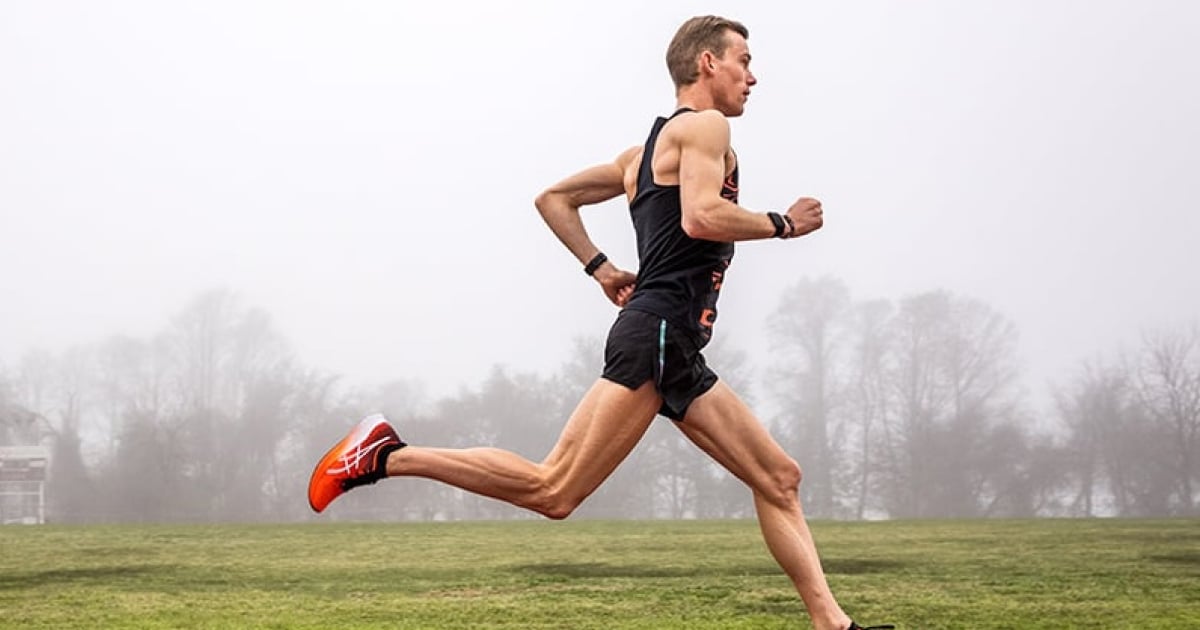
Running Technique: The foundation of efficient movement
Most runners focus on mileage and pace but neglect technique. Running form determines efficiency, reduces injury risk, and allows you to sustain speed over time. Small adjustments compound into significant gains.
Start with posture. Run tall, with your head aligned over your shoulders and hips. A slight forward lean from the ankles—not the waist—lets gravity assist momentum. Keep shoulders relaxed and arms bent at roughly 90 degrees, swinging straight forward and back. Avoid crossing arms across your torso, which wastes energy.
Next is cadence. Many elite runners maintain around 170–180 steps per minute. A quicker cadence with shorter steps reduces impact and overstriding. Instead of reaching forward, focus on driving your foot down and back under your hips. Imagine pulling the ground behind you.
Foot strike should be light and controlled. Aim for a midfoot landing. Heel striking with the foot far in front increases braking forces, while landing too far on the toes strains the calves. A midfoot strike balances shock absorption and propulsion.
Breathing matters as well. Breathe deeply from the diaphragm, not shallowly from the chest. A steady rhythm—such as two steps inhale, two steps exhale—helps oxygen delivery and maintains relaxation during effort.
Finally, remember that technique improves through practice and drills. Strides, high knees, butt kicks, and skipping drills reinforce efficient mechanics. Core and hip strength work provides stability so your posture holds up as fatigue sets in.
Running isn’t just about fitness—it’s skilled movement. Focusing on technique transforms every run into training for efficiency, power, and resilience. Better form means fewer injuries, more speed, and longer enjoyment of the sport.
Would you like me to rewrite this in a casual blog style (storytelling and personal touch) or keep it in this instructional style?